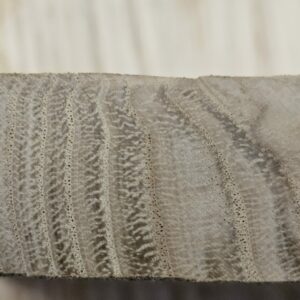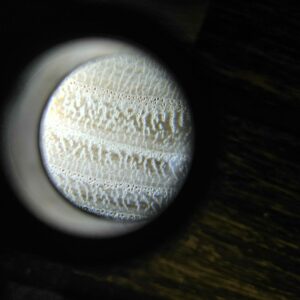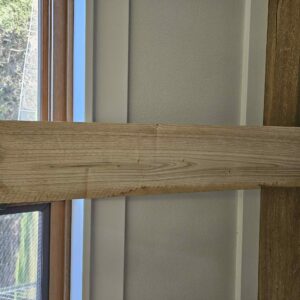Hey everybody,
Apprentice woodworker here who’s very new to wood identification and would like to learn more.
Recently purchased some hardwood off of a guy who mills lumber and got the log off his parents property (location – PNW). He believes it was Chinese chestnut but admitted to not being super sure.
If it is Chinese chestnut or a chestnut at all isn’t this extraordinarily light coloring? Also it gives off that slightly ketchup-y smell that oak gives when being milled, and I can’t find anywhere on the Internet denoting that chestnut also smells like that. Occam’s Razor would have me believe it’s an oak but my untrained eye doesn’t see any rays in the end grain.
Sorry this is so long, I appreciate your guys’ time and any insight you have. Thanks!
P.S. Sorry for the picture quality, I had to compress the heck out of them to upload to this site. The floor is ‘natural’ white oak for context.


















Replies
I was just looking for books on this topic. If I bought a property with trees I’d want to identify them via bark or leaf. You are beyond that and I can’t help.
Books in this area are very regional specific and the choices few. Nothing for woodworkers that I could find.
There's lots of books on tree and shrub id. Contact your Extension service at your closest land grant university if you can't find one.
For wood ID, Hoadley's book "Identifying wood" is excellent for the common commercial woods. It also teaches the wood features. On a more technical level, Panshin and de Zeeuw's "Textbook of wood technology" is good, but I wouldn't start there. If you want to ID wood from less common trees or shrubs, ID the species before you cut it. I know of no good references for identifying uncommon trees or shrubs based on their wood anatomy.
If you know what the wood features are named and how they are described, the "Inside Wood" website can help, but can quickly be overwhelming.
I once asked a birder friend of mine what a particular bird was high in a tree and after giving it a good squint said, "Oh that an LBJ." When I asked him what that meant he smiled and said that stood for "little brown jobbie." In other words, without a clearer view and more info it was indistinguishable from a bunch of other options.
Your wood is an LBJ. Without more and clearer images and more data (is it heavy or light, dense or not, easy to hand plane or resistant?) it could be a lot of things. This site -- https://www.wood-database.com -- is a good place to start narrowing down your search.
Chinese chestnut is a good guess. Go here
https://insidewood.lib.ncsu.edu/description?57 (InsideWood)
and look at the images.
If that doesn't work, search the site under "Castanea mollissima"
I can't see rays in your photo. They seem apparent in the surface image (Cerre) online, but less so in the microscope photos (Wheeler). You might want to compare your sample for verification.
Compare your sample for tyloses (plugging in the pores).
Your sample is not oak.
It's also not a common PNW species.
Better photos would help ,particularly better color --but ,and although I know nothing about Chinese chestnut, I did at one time have a lot of American Chestnut, that does appear to me to look very much like chestnut.